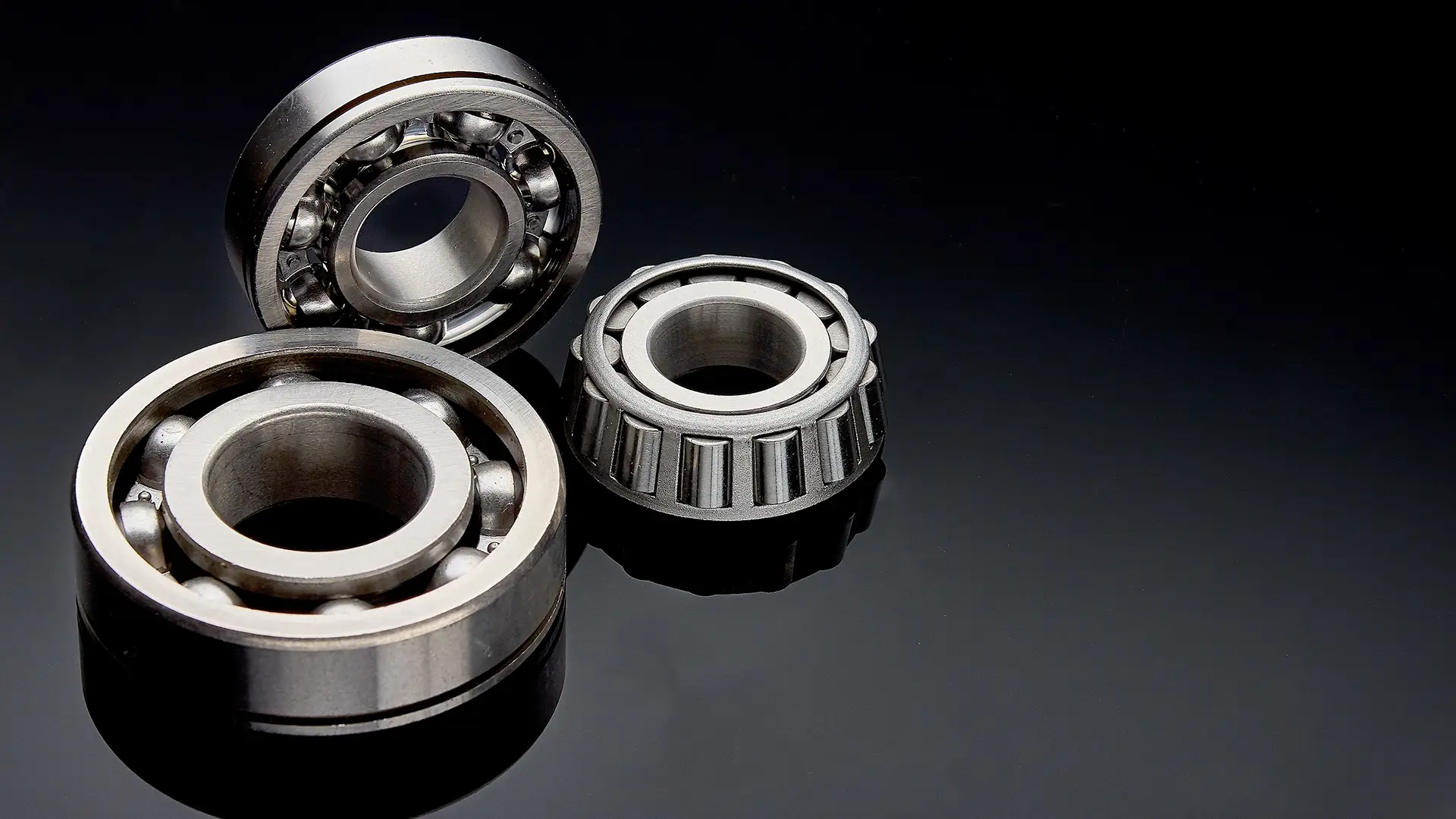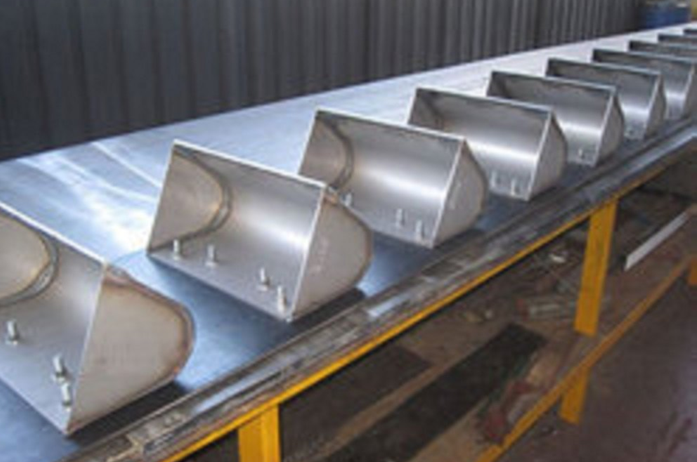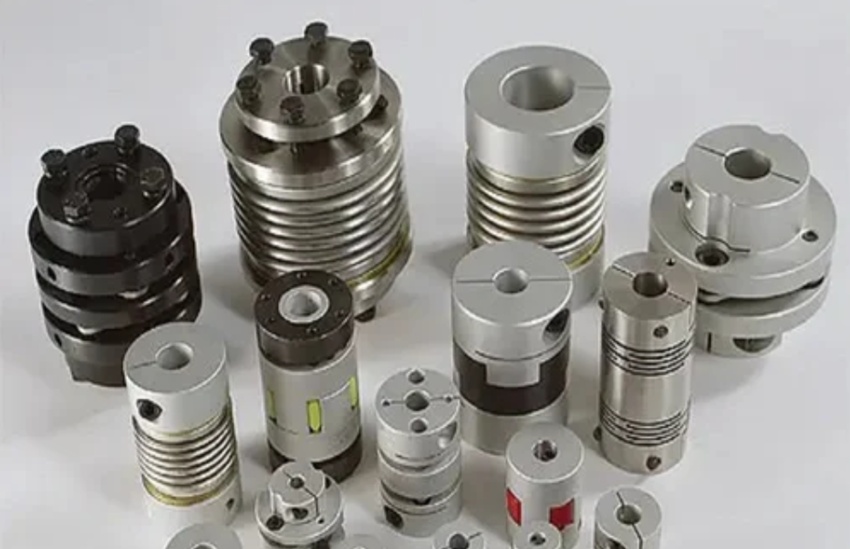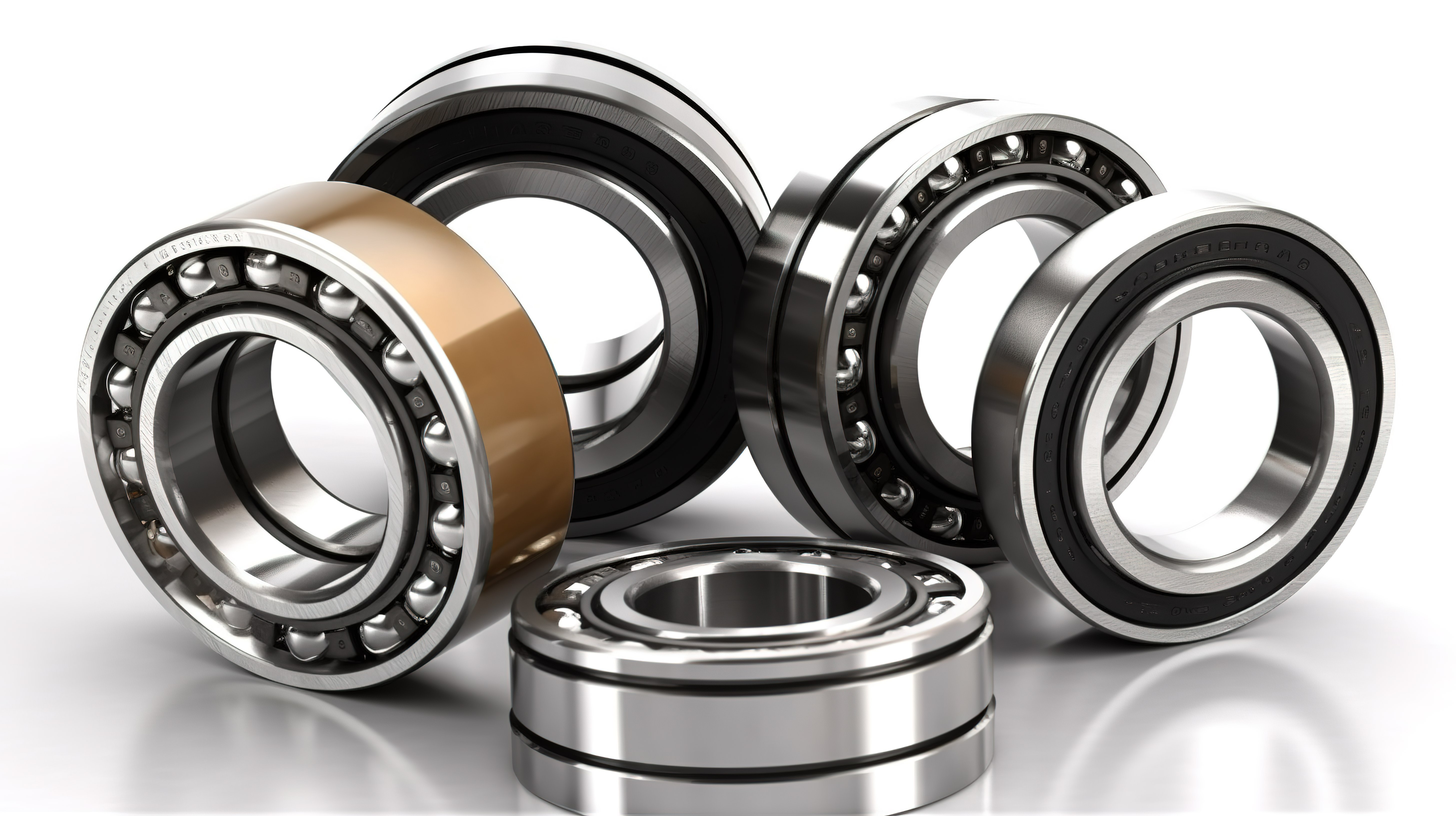
Bearing
Bearings play a crucial role in conveyor systems, which are used for the efficient movement of materials from one location to another. The significance of bearings in conveyor systems lies in their ability to facilitate smooth and controlled motion. Bearings reduce friction between moving parts, allowing the conveyor to operate with minimal resistance. This not only enhances the overall efficiency of the system but also prolongs the life of the conveyor components.
Types of Bearings Used in Conveyor Systems
Ball Bearings
- Deep Groove Ball Bearings: Suitable for radial and axial loads, commonly used in conveyor rollers.
- Angular Contact Ball Bearings: Designed for axial loads in one direction, suitable for applications where both radial and axial loads are present.
Roller Bearings
- Cylindrical Roller Bearings: Provide high radial load capacity and are commonly used in heavy-duty conveyor applications.
- Tapered Roller Bearings: Handle both radial and axial loads, often used in conveyor pulleys.
Needle Roller Bearings
- Suitable for applications with limited radial space and high radial loads.
Spherical Roller Bearings
- Designed to accommodate misalignment and heavy radial loads, suitable for conveyor applications with varying loads.
Bearing Materials and Lubrication
Materials
- Bearings are typically made from materials like chrome steel, stainless steel, or ceramic, depending on the application requirements.
- Stainless steel bearings are corrosion-resistant and suitable for environments with moisture or chemicals.
Lubrication
- Proper lubrication is essential for the smooth operation and longevity of bearings.
- Grease and oil are common lubricants. Grease is suitable for sealed bearings, while oil is used in open bearings.
- Automated lubrication systems may be employed to ensure a consistent and controlled supply of lubricant.
Maintenance and Troubleshooting Tips
Regular Inspection
- Conduct routine visual inspections to identify signs of wear, contamination, or damage.
- Check for proper alignment and mounting of bearings
Lubrication Maintenance
- Follow the manufacturer's recommendations for lubrication intervals and types.
- Ensure that the lubrication points are accessible and apply the correct amount of lubricant.
Temperature Monitoring
- Monitor bearing temperatures regularly. Elevated temperatures may indicate friction, misalignment, or inadequate lubrication.
Seal Inspection
- Check seals for damage or wear. Damaged seals can allow contaminants to enter, leading to premature bearing failure.
Alignment Checks
- Ensure proper alignment of conveyor components to prevent excessive loads on bearings.
Cleaning and Contamination Control
- Keep the conveyor system clean to prevent the ingress of dirt, dust, or other contaminants.
- Implement effective sealing to protect bearings from external elements.
Replacement of Worn Bearings
- Replace bearings that show signs of wear or damage promptly to avoid further damage to the conveyor system.
By following these maintenance and troubleshooting tips, conveyor system operators can maximize the efficiency and lifespan of their equipment, reducing downtime and maintenance costs. Regular attention to bearings ensures the overall reliability of the conveyor system.
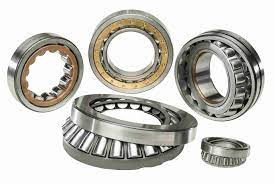
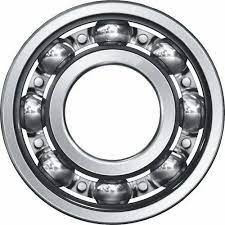
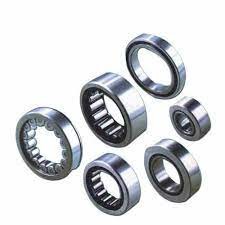
All Products
Our Products

Conveyor Belt
Industrial Rubber Conveyor Belts find use in a wide range of applications in various industries. IEES offers the finest high performance Industrial Conveyor Belts used in transmission, linear
Read More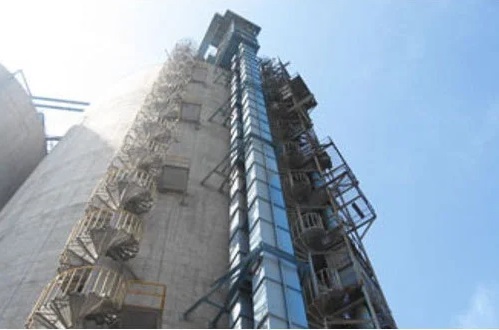
Rubber Elevator Belt
Rubber elevator belts are essential components in elevators used for vertical transportation of bulk materials such as grains, coal, ore, and other products. These belts play a crucial role
Read More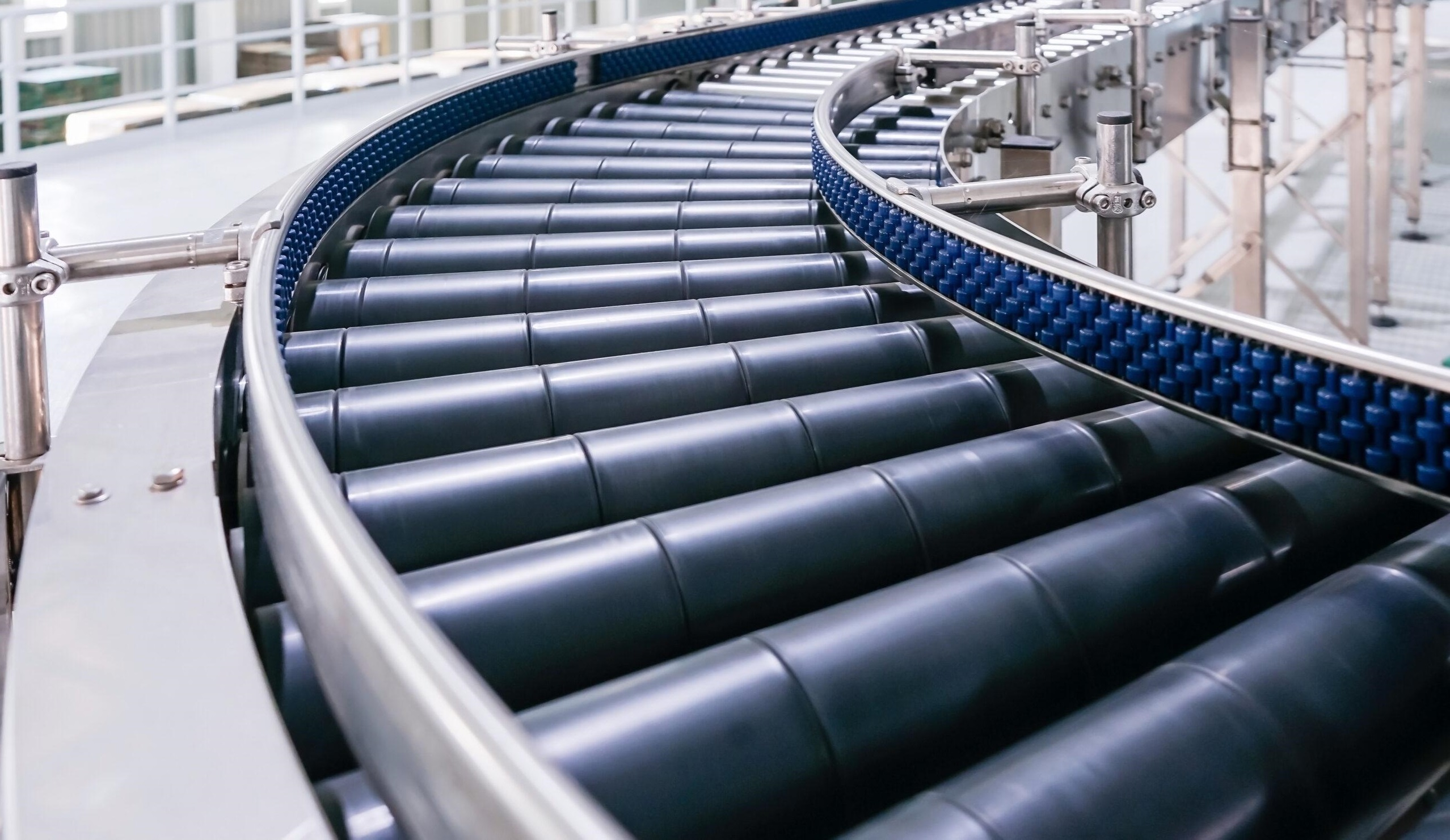
Rollers and Idlers
Rollers and idlers play a crucial role in conveyor systems, providing support, guiding movement, and ensuring the efficient and reliable transportation of materials.
Read More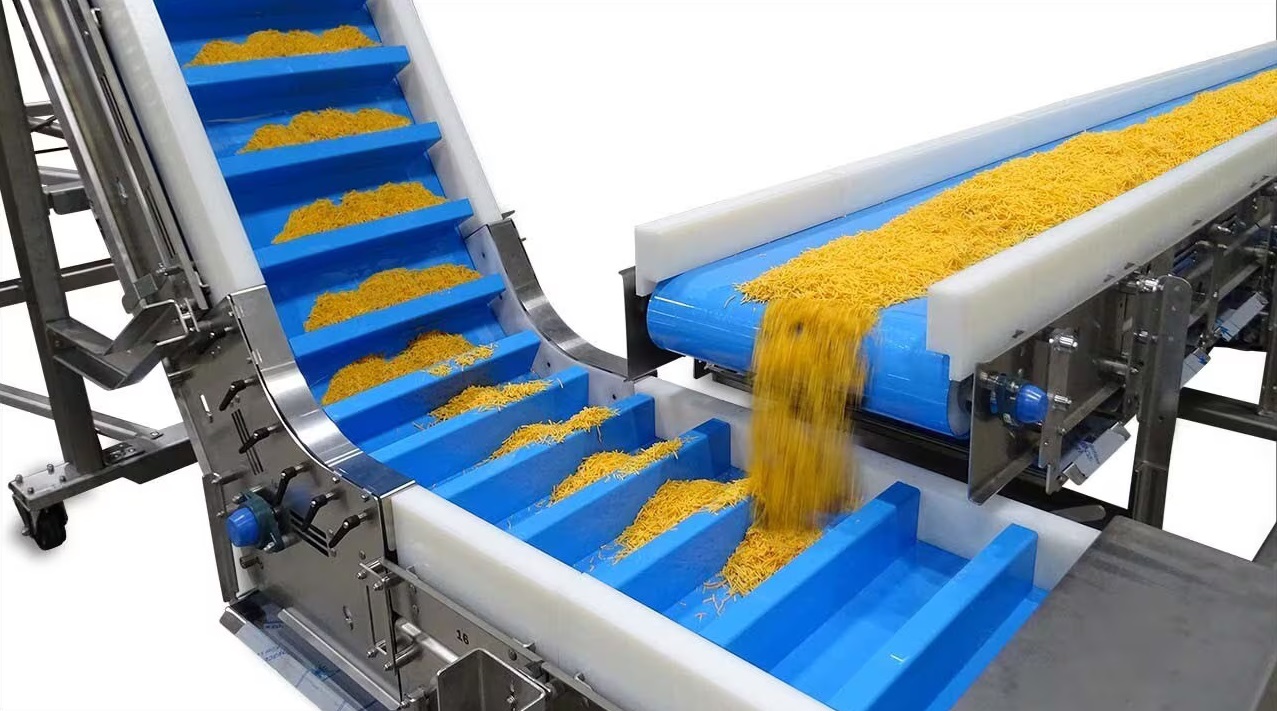
Conveyor System
Conveyor systems are mechanical handling equipment that moves materials from one location to another. They play a crucial role in various industries, such as manufacturing
Read More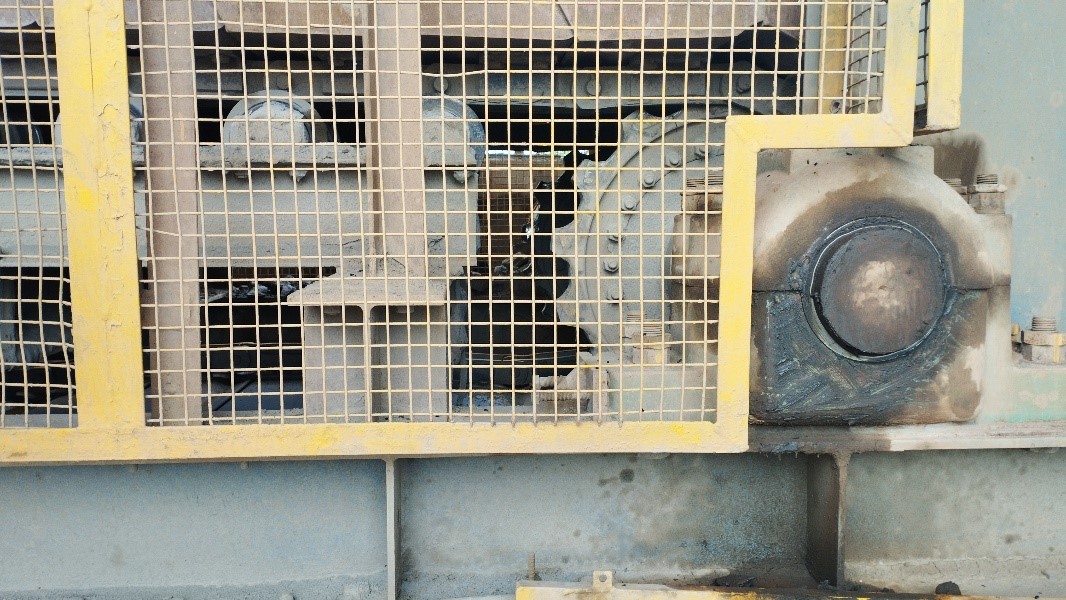
Apron Feeders
Apron feeders are engineered to provide robust and dependable material handling solutions for industries requiring the transportation of heavy and abrasive materials.
Read More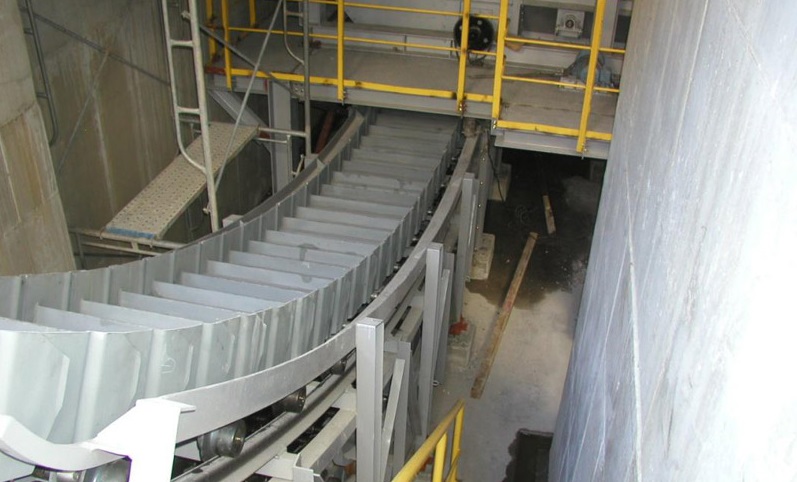
Deep Pan Conveyor
Deep pan conveyors consist of a continuous chain with flights (metal plates) that move through an enclosed trough. The chain is submerged in the material being conveyed
Read More
